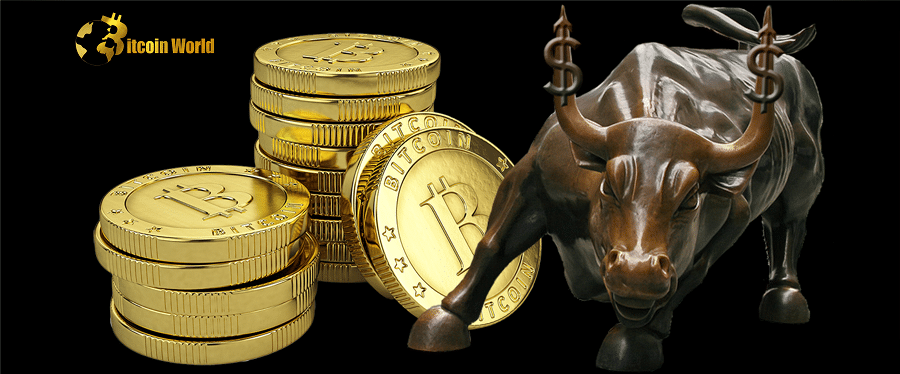Bitcoin price has flashed a few bullish signals, but traders are hesitant to add leverage longs until the Federal Reserve reveals its hand on February 1.
The price of bitcoin fluctuated on Jan. 25 after the United States reported 2.9% GDP growth in the fourth quarter, which was slightly higher than expected. Nonetheless, the total value of all goods and services sold between October and December increased by less than 3.2% over the previous quarter.
Another data point limiting investors’ confidence was the likelihood that the United States Federal Reserve would not reverse its contractionary measures anytime soon, despite the fact that US durable goods orders increased 5.6% in December. The indicator was much higher than expected, which could imply that interest rates will be raised for a little longer than expected.
Oil prices remain a concern for investors, with West Texas Intermediate (WTI) nearing its highest level since mid-September, currently trading at $81.50. The underlying reason is the escalation of the Russia-Ukraine conflict, which began on December 25 when the United States and Germany decided to send battle tanks to Ukraine.
The US Dollar Index (DXY), which measures the strength of the dollar against a basket of top foreign currencies, held steady at 102, near its lowest level in eight months. This reflects a lack of confidence in the Federal Reserve of the United States’ ability to control inflation without causing a significant recession.
Regulatory uncertainty could have also played a role in limiting Bitcoin’s upside. The Dutch central bank, De Nederlandsche Bank, fined cryptocurrency exchange Coinbase $3.6 million on January 26 for failing to comply with local regulations for financial service providers.
Let’s look at derivatives metrics to better understand how professional traders are positioned in today’s market.
Because it allows investors to borrow cryptocurrency to leverage their positions, margin markets provide insight into how professional traders are positioned.
One can, for example, increase exposure by borrowing stablecoins to purchase Bitcoin. Borrowers of Bitcoin, on the other hand, can only bet on the cryptocurrency’s price falling. In contrast to futures contracts, the balance of margin longs and shorts is not always matched.
The above chart shows that the margin lending ratio of OKX traders increased slightly from January 20 to January 20, indicating that professional traders added leverage long after Bitcoin broke above the $21,500 resistance level.
One could argue that demand for borrowing stablecoins for bullish positioning is much lower than it was earlier in January. A stablecoin/BTC margin lending ratio greater than 30 is unusual and usually overly optimistic.
More importantly, the current metric of 17 heavily favours stablecoin borrowing, indicating that shorts are hesitant to build bearish leveraged positions.
Traders should also look at options markets to see if the recent rally has made investors more risk-averse. When arbitrage desks and market makers overcharge for upside or downside protection, the 25% delta skew is a red flag.
The indicator compares similar call (buy) and put (sell) options and turns positive when fear is prevalent because the premium for protective put options is higher than the premium for risk call options.
In short, if traders anticipate a Bitcoin price crash, the skew metric will rise above 10%. Generalized excitement, on the other hand, has a negative 10% skew.
On January 21, the 25% delta skew flirted with an optimistic bias as it approached the minus 10 threshold. The movement corresponds with the 11.5% increase in the price of Bitcoin and its subsequent rejection at $23,375. Options traders increased their risk aversion for unexpected price drops after that.
The delta skew is currently near zero, indicating that investors are pricing similar risks on the downside and upside. So, on the one hand, the lack of demand from margin traders willing to short Bitcoin appears promising, but options traders were not confident enough to become optimistic.
The longer Bitcoin remains above $22,500, the riskier it becomes for those betting on the price of Bitcoin falling (shorts). Nonetheless, traditional markets continue to play an important role in trend setting, so the chances of another price spike ahead of the Fed’s decision on Feb. 1 are slim.














